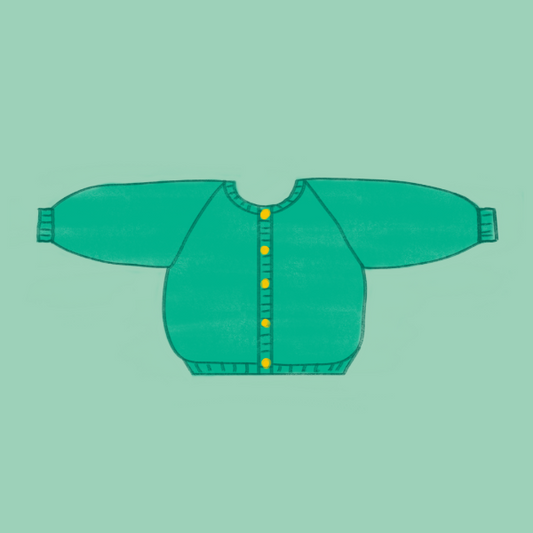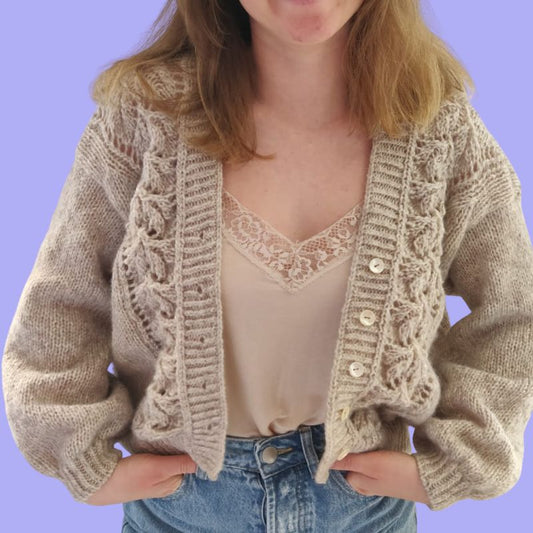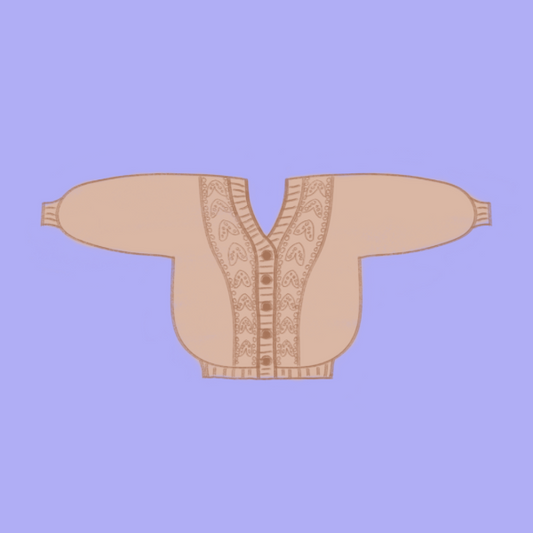Knitting Cast-On Techniques: Your Essential Guide to Starting Projects Like a Pro
Knit SisShare
Every masterpiece starts with a solid foundation, and in knitting, that foundation is your cast-on technique. Whether you’re a beginner struggling with loose edges or a seasoned knitter exploring advanced methods, understanding various knitting cast-on techniques can transform your projects. From stretchy edges for socks to decorative starts for scarves, this guide will walk you through the most versatile and essential cast-ons, ensuring your projects shine from the very first stitch.
What Are Knitting Cast-On Techniques?
A cast-on is the foundation of any knitting project. It’s how you create the initial row of stitches on your needle, ready for knitting. Different projects require different cast-on techniques based on their stretch, durability, and aesthetic.
The Most Popular Cast-On Techniques and When to Use Them
Long-Tail Cast-On (LTCO)
- Why Use It?
- Perfect balance of stretch and stability.
- Great for most projects, including sweaters and scarves.
- How to Do It:
- Measure a long tail of yarn (approximately 1 inch per stitch needed).
- Create a slip knot and place it on your needle.
- Using your thumb and index finger, loop the yarn to form a stitch.
Cable Cast-On
- Why Use It?
- Creates a firm, structured edge.
- Ideal for projects requiring stability, like bags or blankets.
- How to Do It:
- Insert your needle between stitches instead of into them.
Knitted Cast-On
- Why Use It?
- Simple and beginner-friendly.
- Suitable for learning and lace projects.
Stretchy Cast-On Techniques for Special Projects
German Twisted Cast-On
- Excellent for socks, cuffs, or anything requiring elasticity.
Tubular Cast-On
- A seamless, professional finish for ribbed edges on sweaters or hats.
Common Mistakes and How to Avoid Them
- Mistake 1: Misjudging Yarn Length
Solution: Always leave extra yarn when attempting the long-tail cast-on. - Mistake 2: Uneven Tension
Solution: Practice keeping your loops consistent in size. - Mistake 3: Choosing the Wrong Cast-On
Solution: Match your cast-on technique to your project’s requirements.
Tutorials and Free Patterns for Practicing Cast-Ons
- Beginner-Friendly Tutorial: Learn the Long-Tail Cast-On with Knit-Sis’s free video tutorial.
- Advanced Techniques: Master the Tubular Cast-On with our detailed step-by-step guide.
👉 Access your free tutorials here.
Transform Your Projects with Knit-Sis Patterns
Did you know that the right cast-on technique can elevate your entire project? Browse our curated collection of Knit-Sis patterns, where we guide you on the best cast-on for each design
💡 Explore patterns designed for all levels here.
Conclusion :
A great knitting project starts with the right cast-on. By mastering these techniques, you’ll not only improve your skills but also open the door to more complex and rewarding projects.
✨ Ready to elevate your knitting? Discover Knit-Sis’s exclusive patterns and tutorials. Shop now.
Question: What is the best cast-on technique for stretchy knitting projects?
Answer: The German Twisted Cast-On is ideal for stretchy projects like socks and cuffs due to its elasticity and durability.












